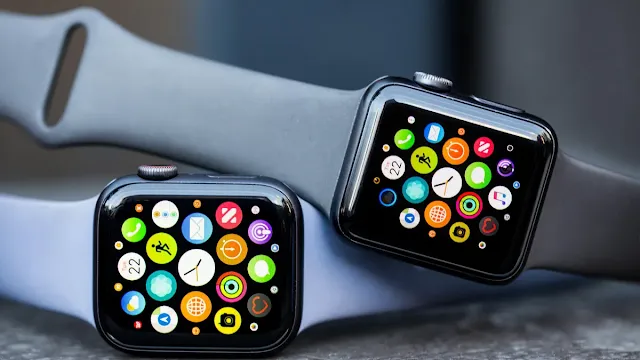In the world of wearable technology, Apple continues to lead the way with its innovative and health-focused features. The Apple Watch 7, the latest addition to the lineup, includes an exciting feature for health-conscious users: the ability to check your blood pressure. In this comprehensive guide, we will walk you through the process of how to check your blood pressure on the Apple Watch 7, ensuring accurate results and better insights into your cardiovascular health.
Table of Contents
Understanding the Importance of Monitoring Blood Pressure
Before diving into the specifics of using your Apple Watch 7 for blood pressure monitoring, it's crucial to understand the significance of this health metric. High blood pressure, or hypertension, is a prevalent health issue worldwide and is often referred to as the "silent killer" because it can lead to severe health problems such as heart disease and stroke. Regularly monitoring your blood pressure helps you keep tabs on your cardiovascular health and detect potential issues early on.
Step-by-Step Guide: How to Check Blood Pressure on Apple Watch 7
Step 1: Prepare Your Apple Watch 7
The first step is to ensure that your Apple Watch 7 is properly fastened to your wrist. It should fit snugly but not too tight, as an incorrect fit can lead to inaccurate readings. Make sure that the watch is comfortable and secure.
Step 2: Open the Blood Pressure App
If you don't already have a blood pressure monitoring app installed on your Apple Watch 7, you can easily find a reputable one on the App Store. Download and install the app that suits your needs.
Step 3: Rest and Relax
Before taking your blood pressure measurement, find a quiet place to sit and relax for a few minutes. This step is essential as it helps ensure the accuracy of the reading. Taking a moment to unwind can make a significant difference in your results.
Step 4: Start the Measurement
Open the blood pressure app on your Apple Watch 7 and follow the on-screen instructions. Depending on the app you've chosen, you may be prompted to place your finger on the watch's sensor, which utilizes photoplethysmography to detect changes in blood pressure.
Step 5: Stay Still
While the watch is measuring your blood pressure, it's vital to keep your arm and wrist still, ideally at heart level. Avoid talking or making excessive movements during the measurement, as any disruptions can affect the accuracy of the reading.
Step 6: View the Results
Once the measurement is complete, your Apple Watch 7 will display the systolic and diastolic blood pressure values. These two numbers are essential in understanding your overall cardiovascular health. Make sure to note these results.
Step 7: Store and Track
Many blood pressure monitoring apps allow you to save your measurements and track them over time. Storing this data can be valuable for both you and your healthcare provider, as it provides a history of your blood pressure readings.
Accuracy and Considerations
It's important to remember that while the Apple Watch 7 provides valuable insights into your blood pressure, it is not a substitute for professional medical devices. For the most accurate readings and a complete health evaluation, consult a healthcare professional who can provide expert guidance and advice.
The Apple Watch 7's blood pressure monitoring feature is a significant advancement in wearable technology. By following the steps outlined in this guide, you can easily and conveniently check your blood pressure and keep track of your cardiovascular health. Regular monitoring, combined with a healthy lifestyle, can go a long way in promoting your overall well-being.
However, it's crucial to keep in mind that the Apple Watch 7 is a consumer device and not a medical-grade tool. For comprehensive medical evaluations and diagnoses, consult with a healthcare professional who can offer personalized recommendations based on your health status and history.





0 Comments